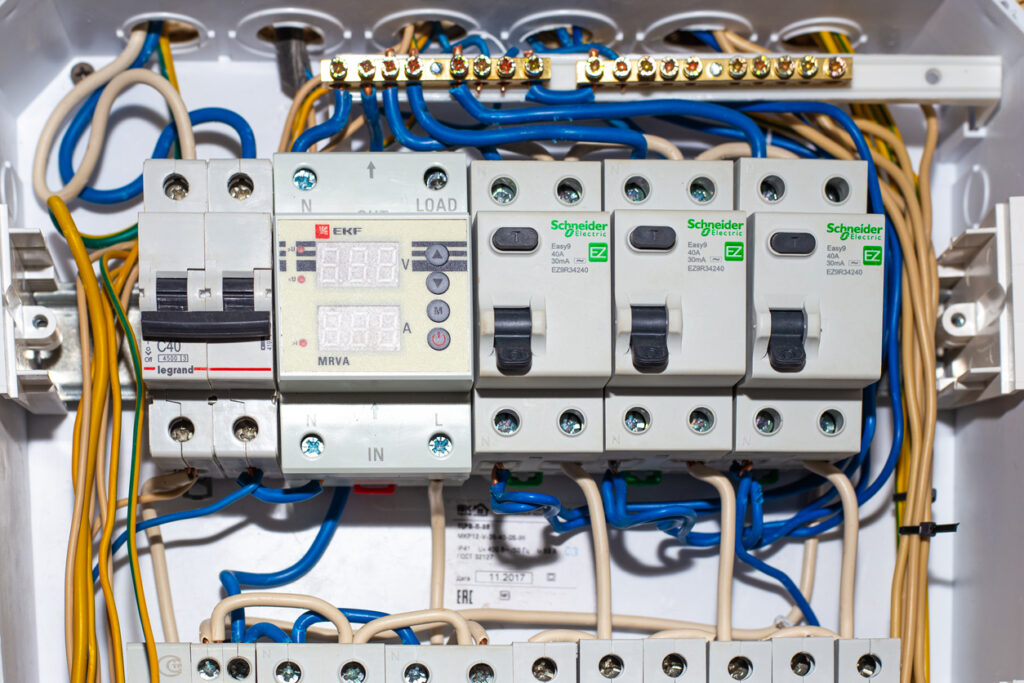Your electrical panel is the heartbeat of your home. The electricity coming into your residence from the grid first passes through this system before being distributed to your appliances. With that in mind, let’s look at some interesting facts about your electrical system that you may not be aware of.
1. Circuit Breakers Replaced Fuses
It wasn’t until 1955 that the circuit breaker became the de facto standard for electrical panels. If your home has fuses, it was probably built before then. The big advantage circuit breakers have over fuses is that you can reset them. When a fuse blows, you have to discard it and install a new one. Fuses do have the advantage of faster trip times, which can make them superior for protecting sensitive electronic equipment.
2. Circuit Breaker Limitations
The National Electrical Code (NEC) limits the number of circuit breakers in the typical residential electrical panel to 42. The average panel supports about 20 circuit breakers. Most homes have less than that. You can have your electrician add circuit breakers to your panel up to its limit. Each circuit provides around 600 to 800 square feet of coverage. While there’s no hard limit in the NEC, most electricians will limit a circuit to about 10 devices. That includes both outlets and lighting.
3. Tankless Water Heaters Often Require a Panel Upgrade
On-demand hot water heaters are an increasingly popular home upgrade. When sized correctly, they provide you with a practically endless supply of hot water. Experts often recommend natural gas if you have the option, but many people do not. Electric tankless water heaters are a reasonably efficient alternative, but they have significant power demands. Many homeowners in older homes are surprised to learn that they need an electrical panel upgrade. A 100-amp panel used to be the standard. A 200-amp panel is the standard now, and that’s likely what you’ll need for a tankless water heater.
4. The NEC Requires Surge Protection
As of 2020, the NEC requires integrated surge protection for service panel installations and replacements. The code requires either a type 1 or type 2 surge protector. Type 1 protection is positioned between the electrical panel and the grid. Type 2 surge protection is positioned between the service panel and the rest of your home’s electrical system. Both provide protection against lightning strikes. Type 1 provides better protection against grid anomalies. Type 2 provides better protection against internal anomalies. Many experts recommend having both type 1 and type 2.
The electrical panel is a central component of your home’s electrical system. It’s integral to the safety, performance, and efficiency of power usage in your residence. If you live in Santa Cruz, CA and have an electrical panel that’s 25 years old or more, contact Fisher Electric to discuss replacing it.





